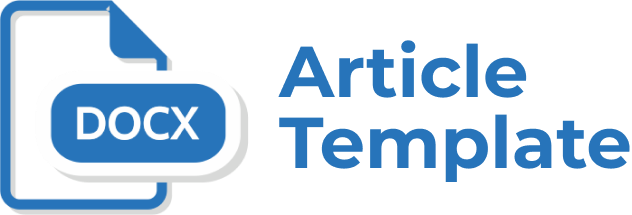Development of building assessment criteria framework for implementing the issuance certificate occupancy in Jakarta with Genetica Algoritm method
DOI:
https://doi.org/10.59141/jist.v6i1.9026Keywords:
quality and feasibility, genetika algorithm, certification occupancyAbstract
A building is considered ready for use once it obtains a Certificate of Occupancy, which serves as a regulatory mechanism for overseeing building activities. To measure the quality level achieved in a completed building project, numerous assessment tools and methods have been developed globally to measure building performance. This study aims to create an evaluation system based on a scoring methodology. To develop the framework, seven prominent building assessment methods were analyzed, focusing on their application processes, primary criteria, and sub-criteria. Surveys were conducted involving construction experts and respondents familiar with quality and feasibility building assessment to incorporate their insights into the local construction context of Jakarta. The genetic algorithm method was used to analyze the survey data, leading to the identification of 12 criteria and 39 sub-criteria as the most suitable for assessing the implementation of the Certificate of Occupancy in Jakarta. These criteria include structural integrity (5%), fire safety (20%), mechanical, electrical, and plumbing (MEP) systems (8%), accessibility (8%), drainage systems and waste management (5%), functionality testing (8%), environmental quality (6%), sociocultural and functional aspects (8%), technical quality (8%), construction area quality (8%), energy consumption (8%), and health-related building requirements (8%).
Downloads
Published
How to Cite
Issue
Section
License
Copyright (c) 2025 M. Fajar Prasetyo, Ayomi Dita Rarasati, Henki Wibowo Ashadi

This work is licensed under a Creative Commons Attribution-ShareAlike 4.0 International License.
Authors who publish with this journal agree to the following terms:
- Authors retain copyright and grant the journal right of first publication with the work simultaneously licensed under a Creative Commons Attribution-ShareAlike 4.0 International. that allows others to share the work with an acknowledgement of the work's authorship and initial publication in this journal.
- Authors are able to enter into separate, additional contractual arrangements for the non-exclusive distribution of the journal's published version of the work (e.g., post it to an institutional repository or publish it in a book), with an acknowledgement of its initial publication in this journal.
- Authors are permitted and encouraged to post their work online (e.g., in institutional repositories or on their website) prior to and during the submission process, as it can lead to productive exchanges, as well as earlier and greater citation of published work.










